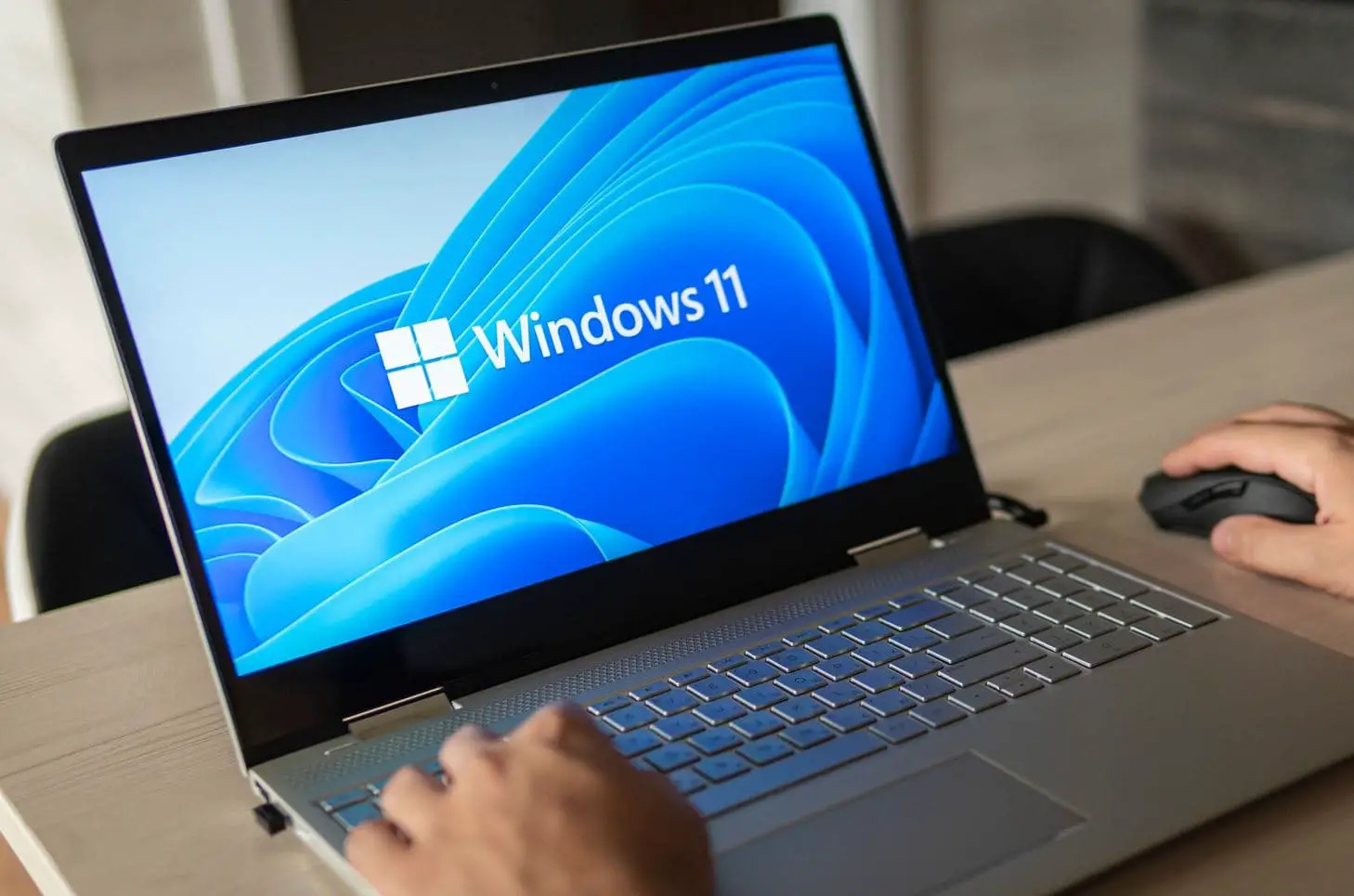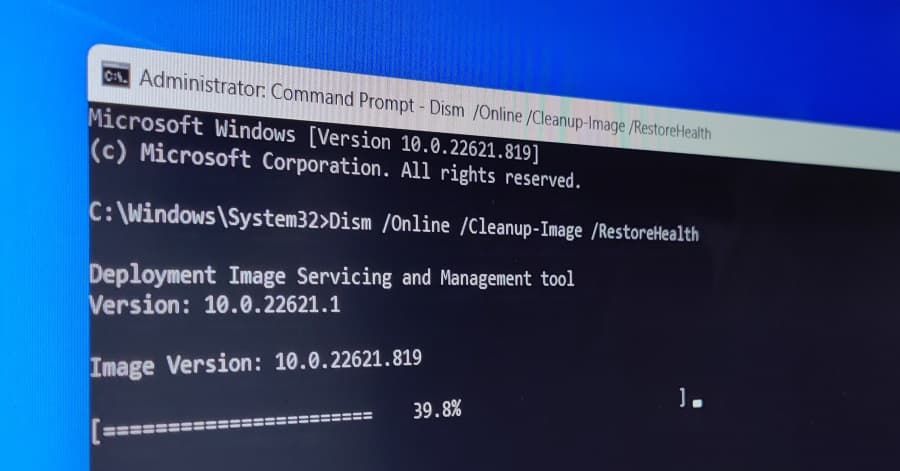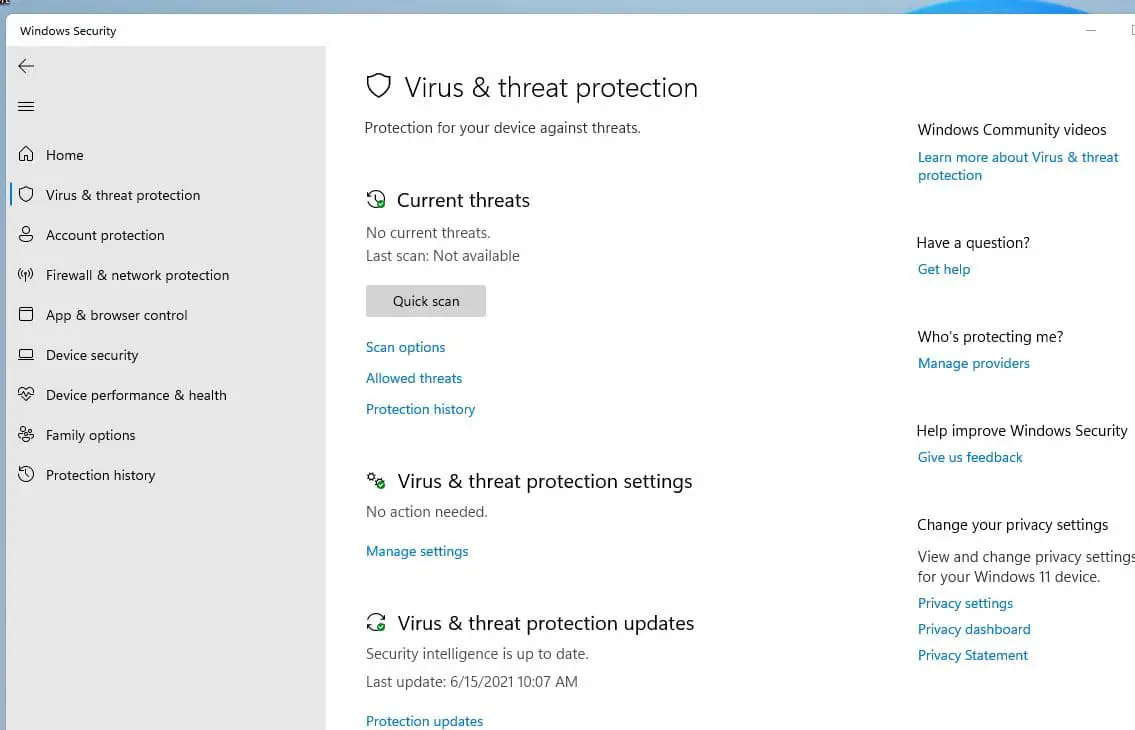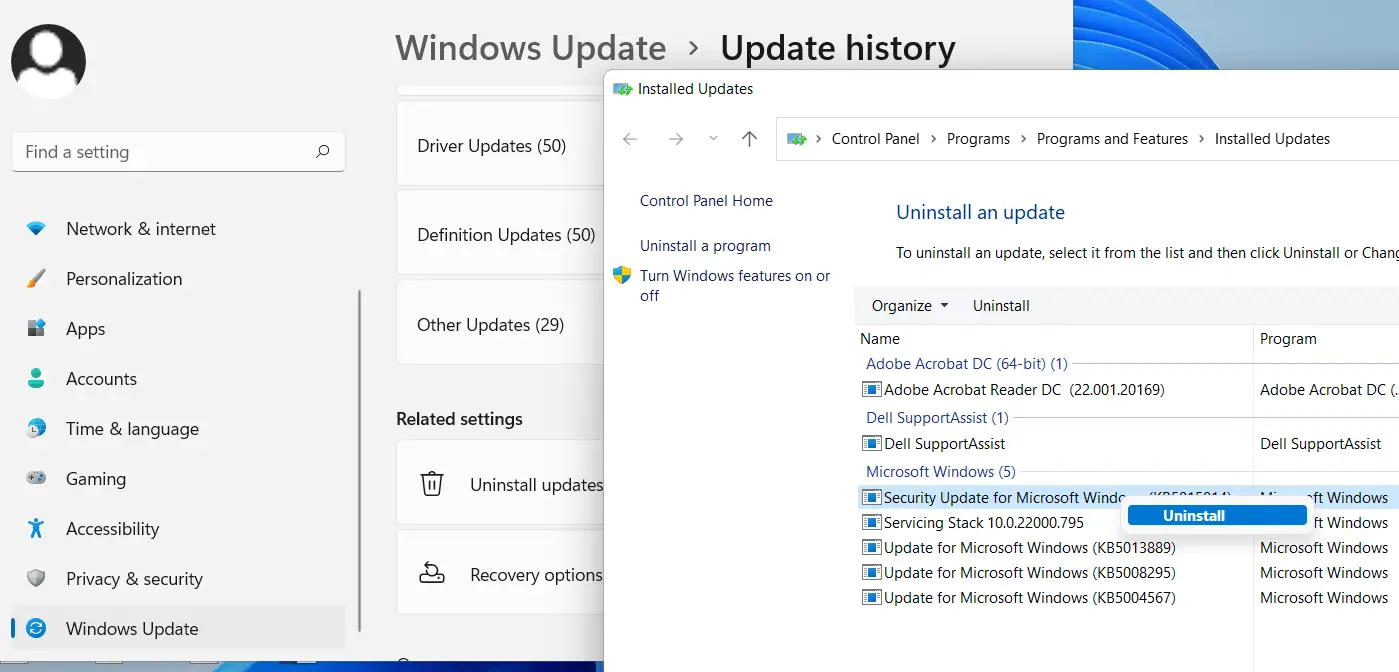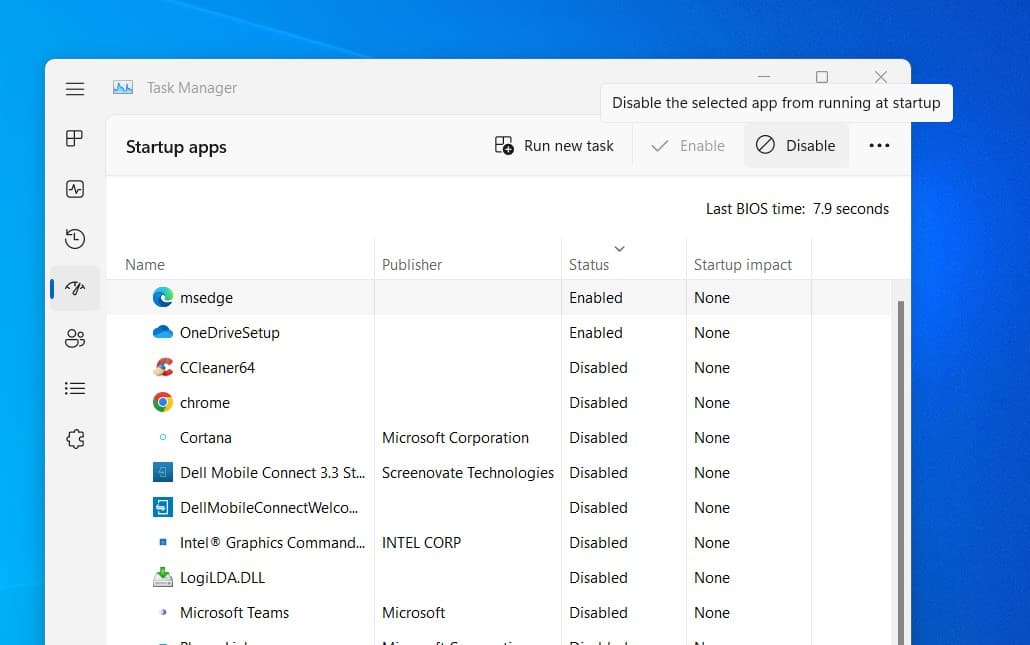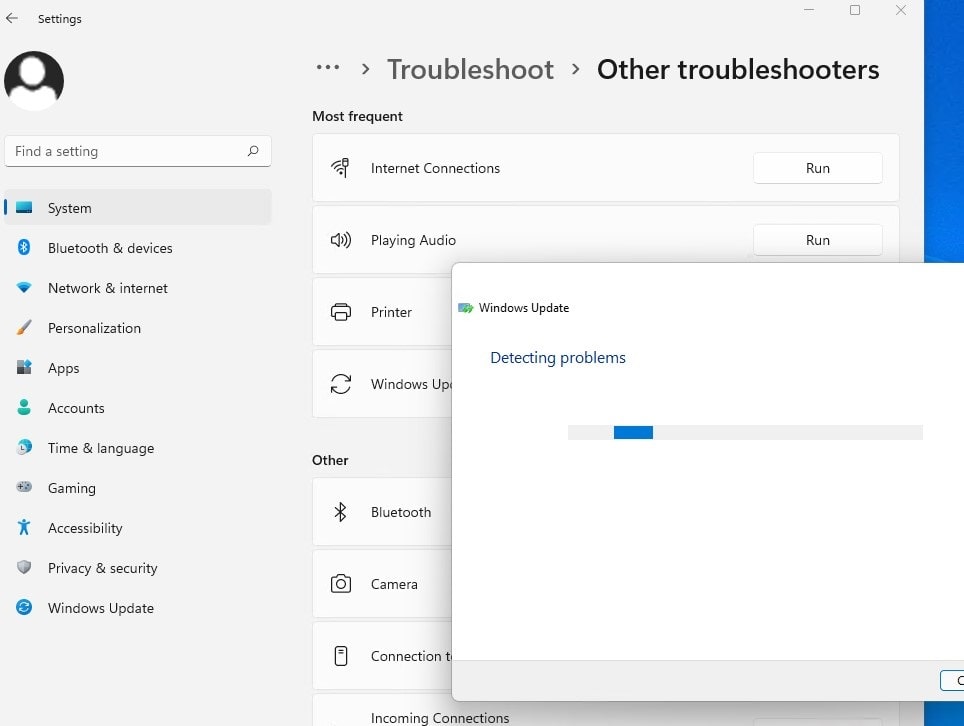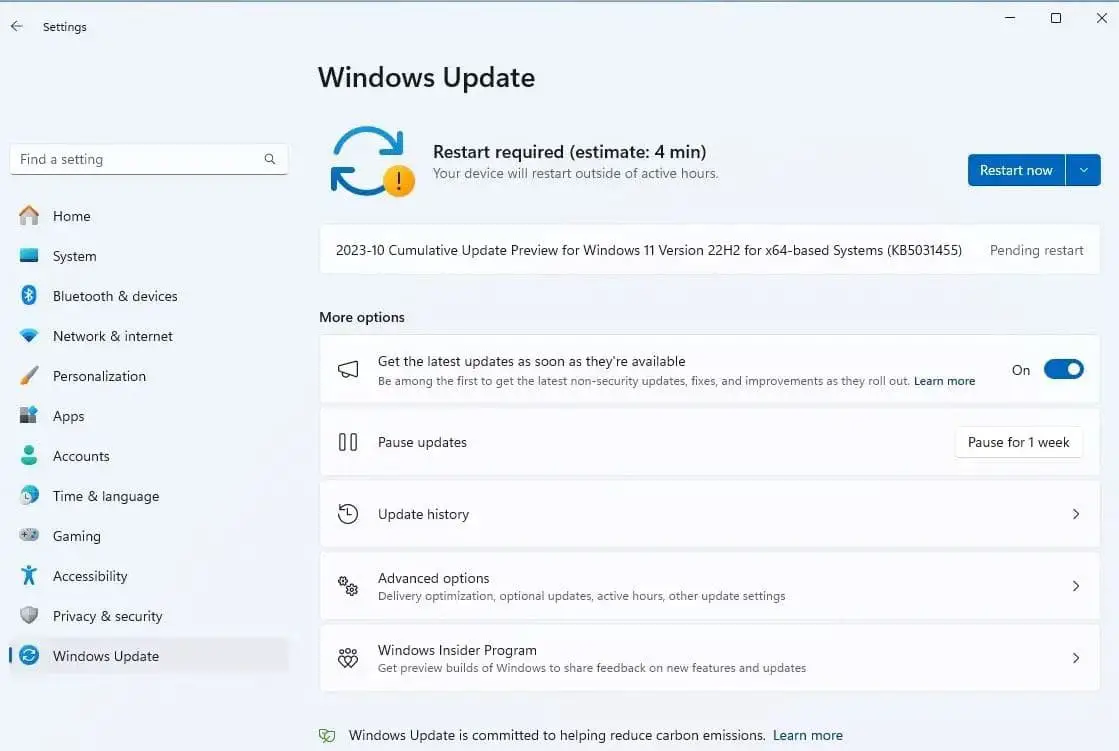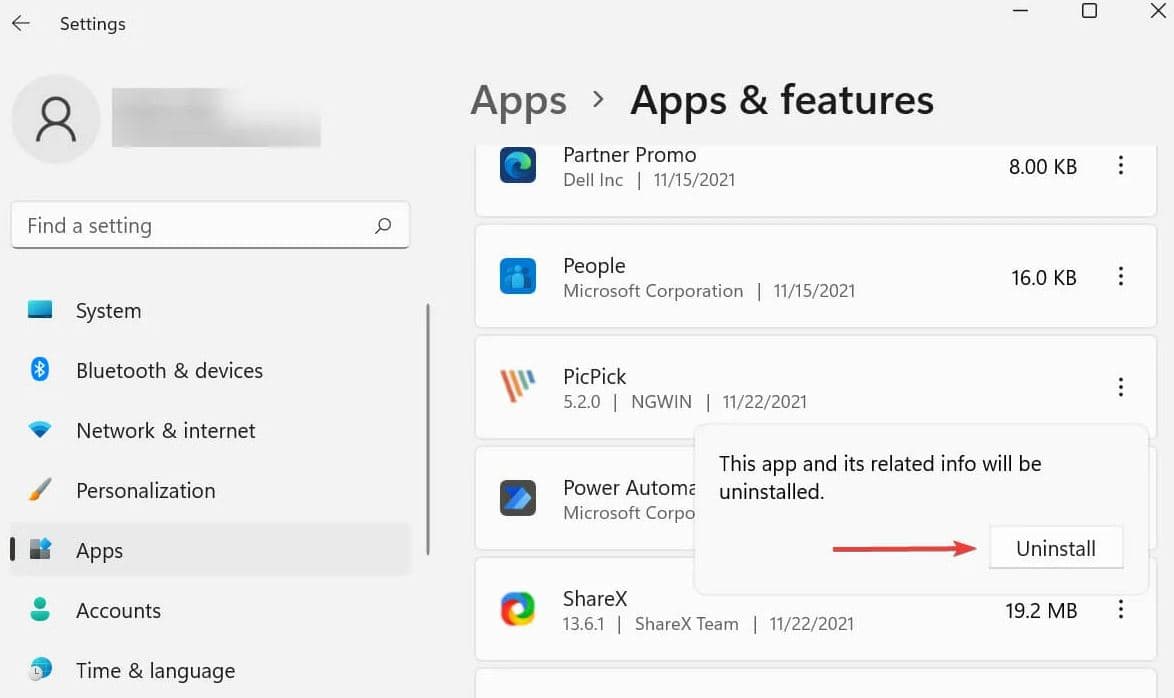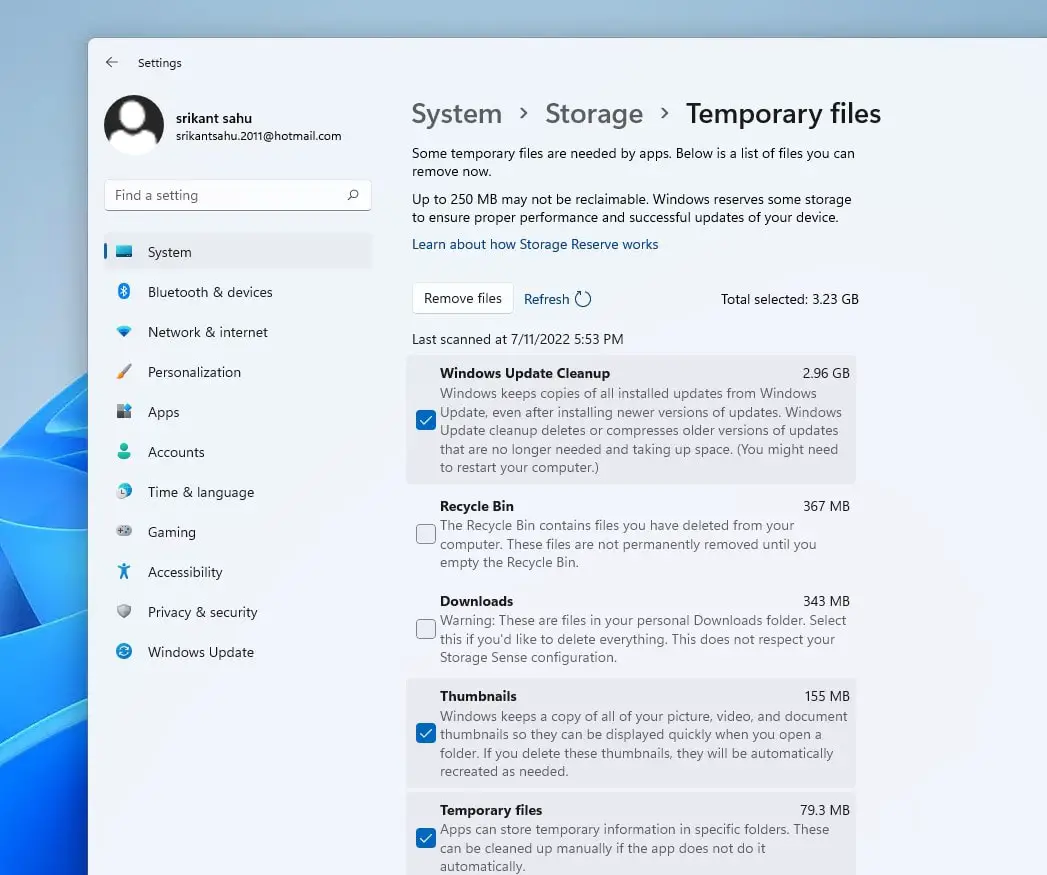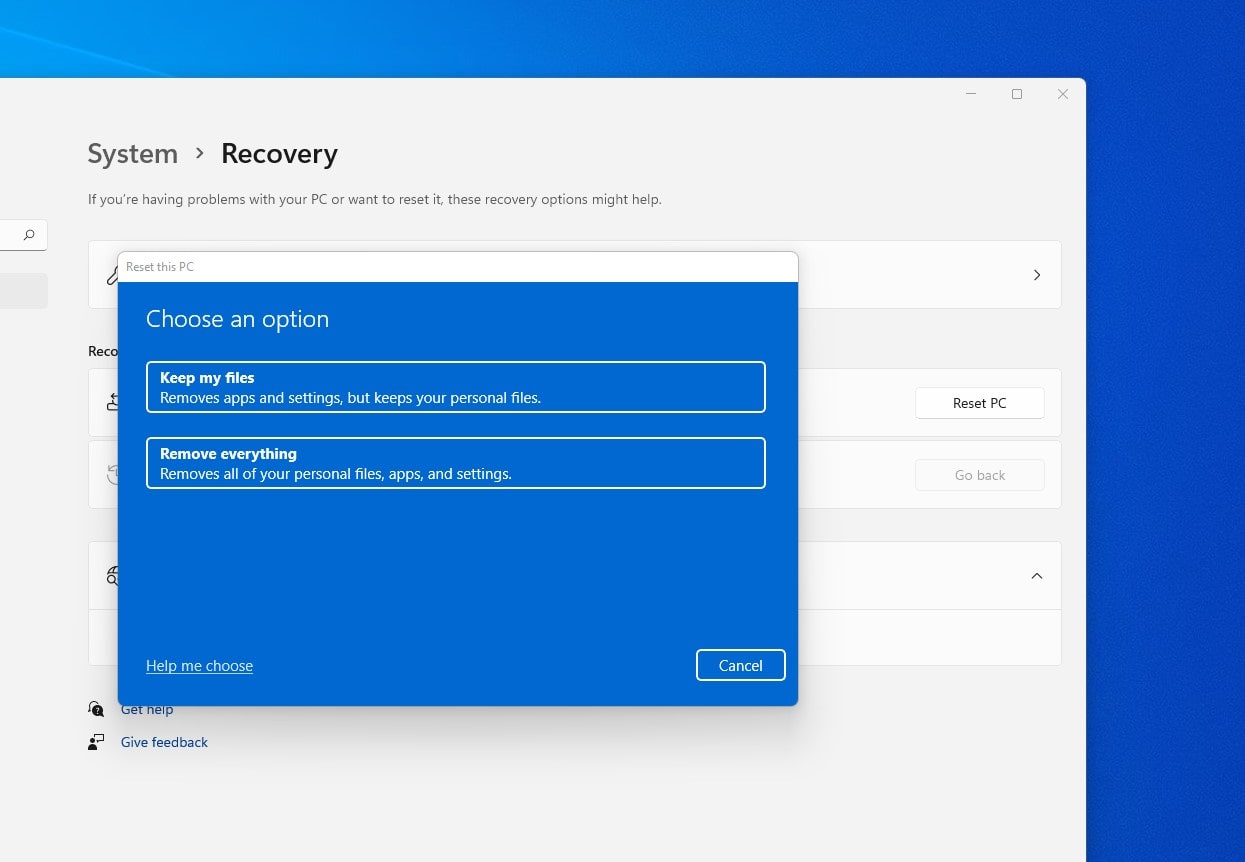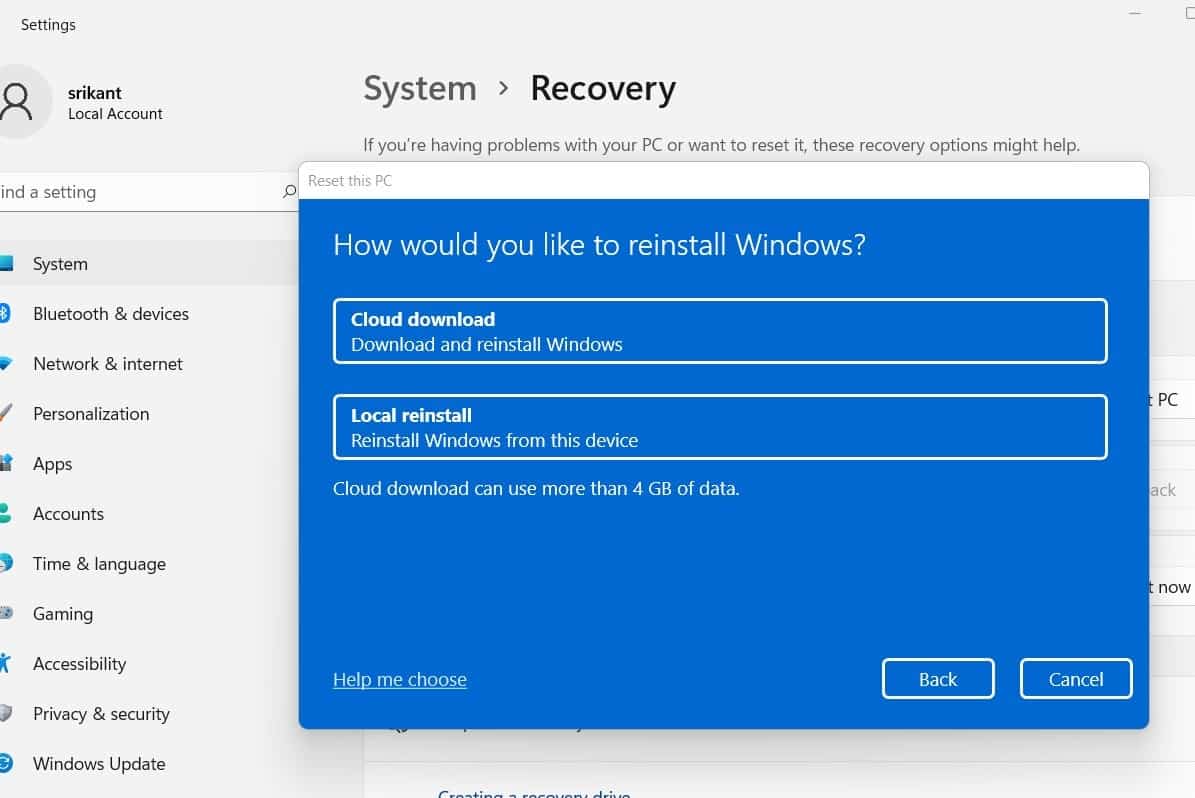Microsoft regularly releases Windows 11 updates with new features, and fixes known bugs or vulnerabilities to keep users and computer systems secure. Overall installing Windows updates brings the latest bug fixes and protects your computer from malicious attacks. But sometimes after installing a cumulative update you may find your system is unstable, freezes or not performing well. A number of users report, Windows 11 Not Working After KB5034123 Update, it’s very slow or not respond to mouse clicks. There are several reasons why Laptop is very slow after Windows 11 KB5034123 update, buggy Windows updates, corrupted system files, virus malware infection, and Incompatible drivers or applications are common. If you are looking for solutions to fix the problem and speed up Windows 11 performance, this tutorial is exactly what you need.
Windows 11 Not Working After Update
Several reasons could slow down your PC or laptop after installing the latest Windows 11 update. Starting with problematic updates to system files missing or corrupted, it’s because background apps are conflicting or your system is infected with a virus or malware and eating up system resources result Windows 11 very slow or not responding. And most of the time restarting Windows 11 fixes such issues.
Let’s right-click the Start button and click Shut down or sign out > Restart. This will refresh the operating system, restart running processes and clear temporary glitches that fix the most common problems with Windows 11.
Run DISM and SFC scan
If Windows 11 Acts up after the KB5034123 update, it’s a buggy update mashup of System files that result laptop being slow or not responding. Start Windows 11 in safe mode and run DISM restore health command to repair the Windows installation manually. In addition, run the System file checker utility that scans all protected system files, and replaces corrupted files with a cached copy that is located in a compressed folder at %WinDir%\System32\dllcache.
- Press Windows key + S, type cmd, and select run as administrator
- First, run the DISM restore health command DISM /Online /Cleanup-Image /RestoreHealth
The Deployment Image Service and Management (DISM) tool creates a new system image, giving you a local copy of Windows files that the system file checker use to use to repair or replace corrupt system files.
- Now run the system file checker command sfc /scannow
- Let the scanning complete 100%,. Reboot your PC and check if the Windows 11 performance improved.
Remove virus malware infection
Sometimes third-party antivirus could be the reason for Windows 11 not working after KB5034123 update. Try disabling your third-party antivirus software and check if Windows performance is back to normal.
If not it might be a virus or malware infection, and other digital nasties can stop your Windows PC from working properly. Let’s use your antivirus or anti-malware solution to scan for infections on your PC.
- Also, you can use built-in Windows security to remove viruses & threats on your system as well.
- Press the Windows key + S, type Windows security and select the first result.
- Next, go to Virus & Threat Protection> Quick Scan.
- For a complete scan, go to Virus & Threat Protection> Scan options and choose the type of scan you want to do
Note – Performing a full scan or Microsoft Defender offline scan takes time but can identify and remove malware that’s buried deep in your system.
Uninstall the Update
If you notice Windows 11 is acting up after a recent update, and the above solution fails to fix the problem one thing you can do is uninstall it. And pause Windows updates for a few days to delay installing the new update until you identify the issue with it.
To uninstall a cumulative update on Windows 11
- Press the Windows key + X and select settings,
- Go to Windows Update then Update History and select the uninstall updates option
- Select the most recent update—these are listed with ID values like (KB5005537).
- When you’re ready, press the Uninstall button and follow on-screen instructions to complete the process then reboot your PC.
To pause Windows 11 updates
- Again open settings using Windows key + I
- Select Windows Update then locate the Pause Updates option
- Here You can choose to pause updates for a period between one and five weeks.
Disable background apps
Again multiple background apps running on your PC consume system resources and slow down your PC. Disable all the unnecessary apps and check whether this fixes the issue.
- Press Ctrl + Shift + Del to open the Task Manager and Go to the Startup Apps tab
- Locate all the apps that you wish to disable, and hit the Disable button
In addition, Turn off visual effects and transparency to eliminate the PC slow-down issue.
- Press the Windows key + X and select settings
- Go to Accessibility then Click the Visual Effects tab.
- Here Turn off the Transparency effect and Animation effects then restart your PC.
Windows Update Troubleshooter
Sometimes Windows updates may be stuck downloading and run in the background which causes high system resource usage and slow down Windows 11 laptops. Running Windows update troubleshooter is one of the best solutions to quickly fix the problem.
- Press the Windows key + X and select settings
- Go to the system then troubleshooter and click on other troubleshooters
- Click Run next to Windows Update to start the troubleshooting
- The wizard will try to find and resolve Windows Update issues.
- After the scan is complete, go back and check for updates again.
Reinstall the Update
If you’re confident that the buggy update is fixed, you can try and install updates manually.
- Press the Windows key + X and select Settings
- Go to Windows Update and click the Check for Updates button
- Install the available update(s) and restart your machine.
Uninstall rarely-used apps
Also, try to remove the unused apps or games that may consume system resources and slow down Windows 11 laptops. In addition, Delete temp files that not only free up storage space but also optimize Windows 11 performance.
- Press Windows key + X and select installed apps
- This will display a list of apps installed on your computer,
- Click the 3-dots button on the apps you rarely use and then select Uninstall.
Delete temporary files
- Press the Windows key + S, search for storage settings and select it
- Click Temporary Files in the right section then Click Remove Files.
The system will automatically select the files that can be safely deleted. If you also want to clear the Recycle bin which wouldn’t be autumnally selected, tick the check box before you make sure that there is nothing important in the Recycle bin.
Reset Windows 11
If all the above solutions fail to fix the problem, You can reset the Windows 11 installation to restore it to its factory settings. Make sure to back up important data to an external drive or cloud storage.
Go to Start > Settings > Update & Security > Recovery > Reset this PC > Get Started.
You have the option to keep your personal files, but it will remove any apps and settings. Or you can select the second option “Remove everything” to wipe everything and start again with a completely new Windows installation.
The Cloud download option downloads a new copy of Windows 11 from Microsoft servers before reinstalling it. The Local reinstall option reinstalls Windows 11 from a secret source of Windows installation files hidden on your device’s local drive
And finally, when you are ready click on the reset button. And your computer will reset to the factory settings preserving your files.
FAQ:
Why is my laptop slow after a Windows 11 update?
- There could be various reasons why your laptop is slow after a Windows 11 update, outdated or incompatible drivers, background processes or apps running, disk fragmentation, low disk space, and malware infections are common.
How do I fix a slow laptop after a Windows 11 update?
- There are several steps you can take to fix a slow laptop after a Windows 11 update. These include checking for driver updates, disabling unnecessary startup apps, optimizing power settings, running disk cleanup, defragmenting your hard drive, and running a malware scan.
How do I check for driver updates on Windows 11?
- You can check for driver updates on Windows 11 through the Device Manager. Go to Start > Search > Device Manager. Find the device you want to update and right-click on it. Select “Update driver” from the drop-down menu.
How do I disable unnecessary startup apps on Windows 11?
- To disable unnecessary startup apps on Windows 11, go to Start > Settings > Apps > Startup. Disable any apps that you don’t need to start automatically when your laptop boots up.
How do I run a disk cleanup on Windows 11?
- To run a disk cleanup on Windows 11, go to Start > Search > Disk Cleanup. Select the drive you want to clean up and click OK. Check the boxes next to the file types you want to delete and click OK.
How do I run a malware scan on Windows 11?
- You can run a malware scan on Windows 11 using Windows Security. Go to Start > Settings > Update & Security > Windows Security. Select “Virus & threat protection” and click “Scan options”. Select the type of scan you want to run and click “Scan now”.
Also read:
